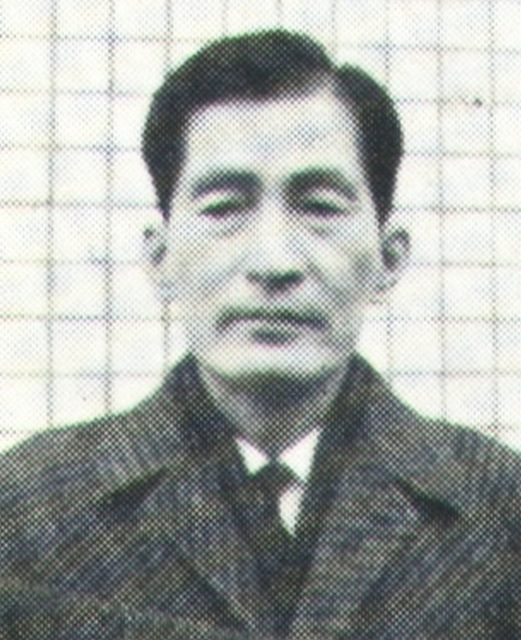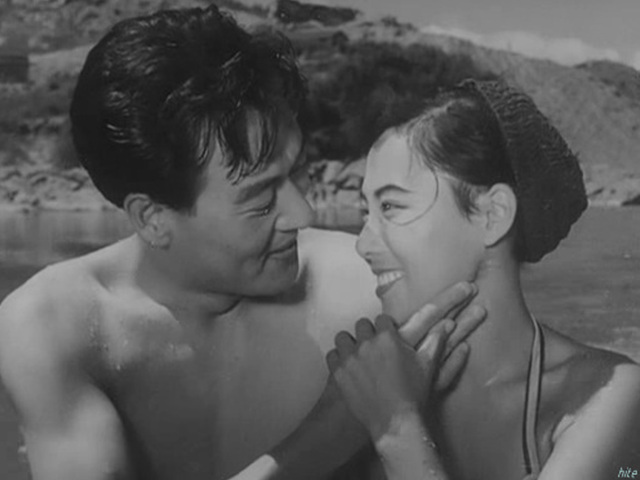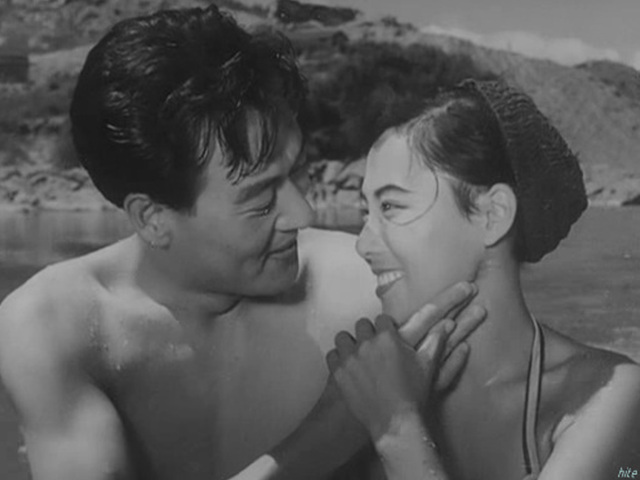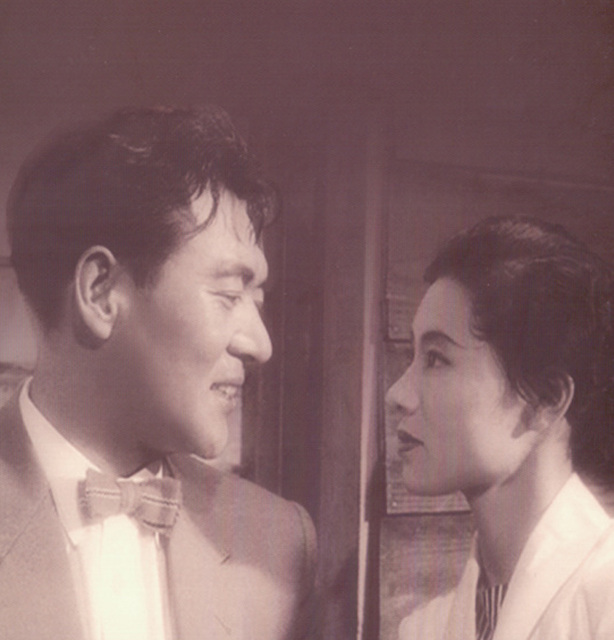13th(2011)
Holiday in Seoul
LEE Yong-min
- Korea
- 1956
- 90min
- 35mm
- black and white
- 드라마
SYNOPSIS
Synopsis
Hee-won, a female obstetrician at Venus Hospital, and her husband, Jae-gwan, a newspaper reporter, decided to spend a happy time together during their holiday. On their way, he receives a lead on a homicide in Huam-dong, and rushes there to report. Hee-won waits for her husband to return and spends time with his work peers, who lie to her that her husband is having an affair.
Program Note
LEE Yong-min’s Holiday in Seoul (1956) starts as a narrator speaks to an old man sleeping on a bench in the park. The film shows scenes of a leisurely holiday in Seoul, while the narrator wakes the old man from a sleep and follows him. The main character Hi-won, a female obstetrician makes a holiday plan to spend her holiday busier than “Princess Ann’s tour of inspection in Roman Holiday. ” However her husband, a newspaper reporter, receives a lead on a homicide and rushes out to report. After waiting for her husband in the house, Hi-won goes out and wanders around Seoul by herself. In this manner, the film presents the experiences of the newlyweds during their holiday. The husband is fooled by false information, but he catches the murderer eventually. As the wife wanders around by herself, she ends up helping the murderer’s wife give birth to a baby. Aside from the main storylines of the husband and the wife, there are episodes involving the couple next door, a father and daughter living in the neighborhood, the husband’s colleagues and a mentally unstable woman who the husband meets by accident. At the end of the film, the couple looks at the nightscape of Seoul and their holiday comes to a close as they listen to the concert on the radio, which they had planned on going earlier.
The prologue in this film is refreshing. It is unique in that the narrator speaks to the characters in the film directly and then follows them closely to describe certain aspects of human interaction in a pleasant manner. Such cinematographic style was rare at the time and the film had received many favorable reviews from the critics stating that it was a masterpiece cheerfully portraying the landscape of Seoul. On many occasions, the film was compared to Roman Holiday and many reviews commented that it was like a popular comic novel by weaving trivial conflicts and reconciliations of newlyweds in an interesting story with very different style compared to other existing Korean films. (LEE Gil-sung)
PROGRAM NOTE
Synopsis
Hee-won, a female obstetrician at Venus Hospital, and her husband, Jae-gwan, a newspaper reporter, decided to spend a happy time together during their holiday. On their way, he receives a lead on a homicide in Huam-dong, and rushes there to report. Hee-won waits for her husband to return and spends time with his work peers, who lie to her that her husband is having an affair.
Program Note
LEE Yong-min’s Holiday in Seoul (1956) starts as a narrator speaks to an old man sleeping on a bench in the park. The film shows scenes of a leisurely holiday in Seoul, while the narrator wakes the old man from a sleep and follows him. The main character Hi-won, a female obstetrician makes a holiday plan to spend her holiday busier than “Princess Ann’s tour of inspection in Roman Holiday. ” However her husband, a newspaper reporter, receives a lead on a homicide and rushes out to report. After waiting for her husband in the house, Hi-won goes out and wanders around Seoul by herself. In this manner, the film presents the experiences of the newlyweds during their holiday. The husband is fooled by false information, but he catches the murderer eventually. As the wife wanders around by herself, she ends up helping the murderer’s wife give birth to a baby. Aside from the main storylines of the husband and the wife, there are episodes involving the couple next door, a father and daughter living in the neighborhood, the husband’s colleagues and a mentally unstable woman who the husband meets by accident. At the end of the film, the couple looks at the nightscape of Seoul and their holiday comes to a close as they listen to the concert on the radio, which they had planned on going earlier.
The prologue in this film is refreshing. It is unique in that the narrator speaks to the characters in the film directly and then follows them closely to describe certain aspects of human interaction in a pleasant manner. Such cinematographic style was rare at the time and the film had received many favorable reviews from the critics stating that it was a masterpiece cheerfully portraying the landscape of Seoul. On many occasions, the film was compared to Roman Holiday and many reviews commented that it was like a popular comic novel by weaving trivial conflicts and reconciliations of newlyweds in an interesting story with very different style compared to other existing Korean films. (LEE Gil-sung)
Director
-

LEE Yong-minLEE Yong-min
Born in 1916, LEE Yong-min graduated in Film Studies, College of Art, Nihon University. He started out as a filming director; the movies he directed in the early years are documentaries. However, he was better known for horror films, of which genre he is one of the most renowned directors. LEE’s horror films are highly valued in that they are based on folksy subjects. It is also quite notable to comment on his filming careers even when he was in directing.
Credit
- ProducerKIM Seung-ho, GUK Kwae-nam
- Cast NO Neung-geol, YANG Mi-hee, IM Seong-suk
- Screenwriter LEE Cheong-gi
- Cinematography JEONG In-yeob
- Art director PARK Bong-ik, O Hyeon-man
- Editor LEE Yong-min
- Music JO Baek-bong




